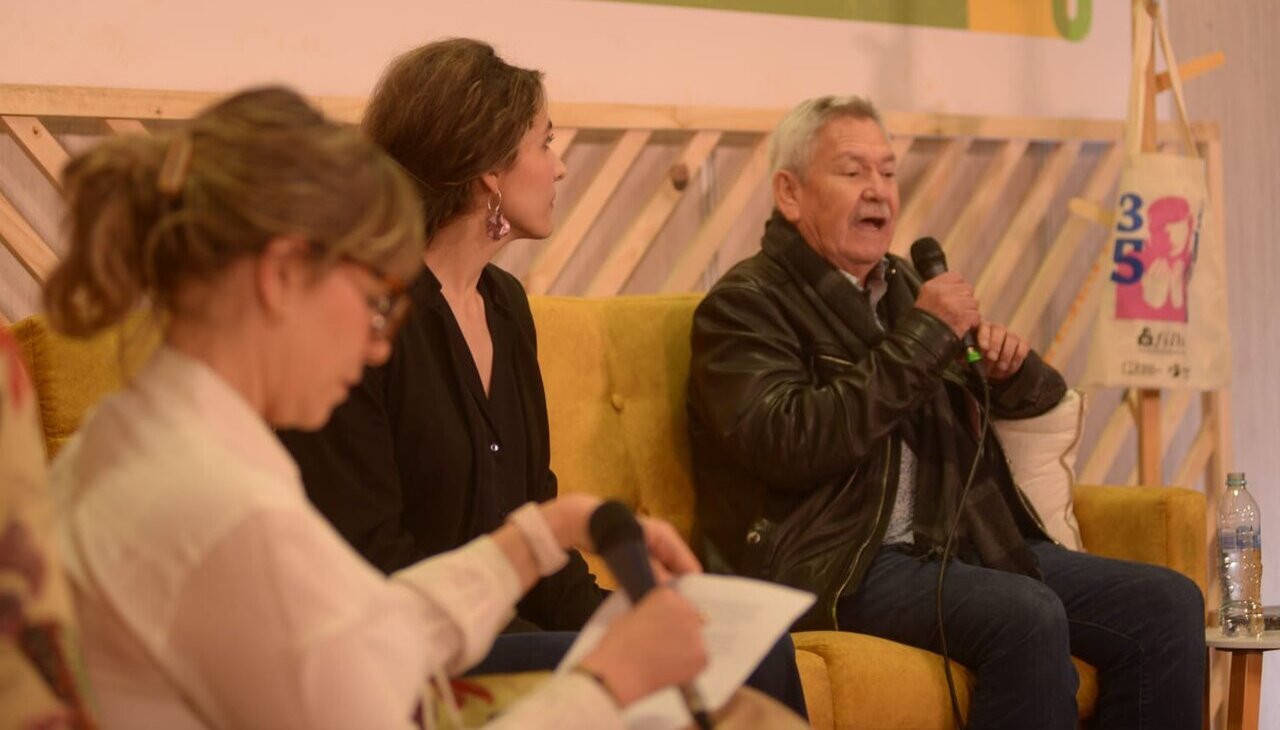
Writing from the border, a conversation at Filbo 2023
The international literary event successfully concludes its 35th edition.
Benjamín Alire Sáenz, an American writer of Mexican origin, and Alessandra Narváez, a Mexican bilingual poet, shared their reflections on the social contexts that shape their works during one of the talks at the Bogotá International Book Fair.
Highlighting the challenges that arise when writing and expressing yourself from the border, especially when living halfway between two completely different cultures, the guests talked about the adaptation process in each of them, the rooting, exclusion and discrimination.
Cultural Shock
“The Mexicans did not like us at all. They did not speak or translate North American literature, because they rejected us because they said that we were not Mexicans; and we were not recognized as North Americans either. We were on a border of rejection in both cultures,” said Alire Sáenz, alluding to cultural mixes, which were a factor of exclusion in his daily life.
The authors also emphasized the difficulties they have experienced when living with opposing cultures, since, in the case of literature, writing in one language and thinking in another hinders the main objective of the work.
Alire Sáenz, for whom language is a way of thinking, warned that whoever lives between two cultures, between two ways of thinking about the world and expressing it, short-circuits when it comes to sitting down to write, even more so if they do it in a single tongue.
RELATED CONTENT
“Escribir en la frontera” #FILBo35Años
— FeriadelLibroBogotá (@FILBogota) April 28, 2023
Un conversatorio con @BenjaminASaenz, Alessandra Narváez y Carolina Venegas.
Alianza: @SePuedeSer , @malpensante , @UTEP pic.twitter.com/1XSLs6GoHL
A Literary Challenge
"This semantic distance makes it difficult to explain certain expressions or emotions," said Sáenz.
For his part, Narváez explained the need to highlight this contextualized problem in the 90s, and the reason for doing so in youth literature.
“The power that I have greatly admired, and the one that led me to choose youth literature, was that of adolescents to express themselves without filters. In fact, while she was doing her MA in Literary Sciences, she was a chemistry and biology tutor in Anthony, Texas; it was a beautiful experience living with these teenagers who told about their adventures, and also about serious things, the awareness that young people today have developed to talk analytically about initiatives such as self-love,” indicated Narváez.
The writers took advantage of the meeting to make visible the issues of roots, exclusion and the roots they have for the polarized culture in which they live as the main aspect in their works.
At the end of the meeting, they concluded that their work is a way of showing how those people who live within two cultures feel, the difficulties they go through, the exclusion they receive due to the difference in language, traditions, and social environments.
The dialogue between these representative figures of interculturality was developed in partnership with the Sexual Diversity Directorate of the District Planning Secretariat, the Bilingual Master's Degree in Creative Writing from the University of Texas at El Paso (UTEP), and the magazine El Malpensante, under the line of the transversal fair theme ‘Raíces.’




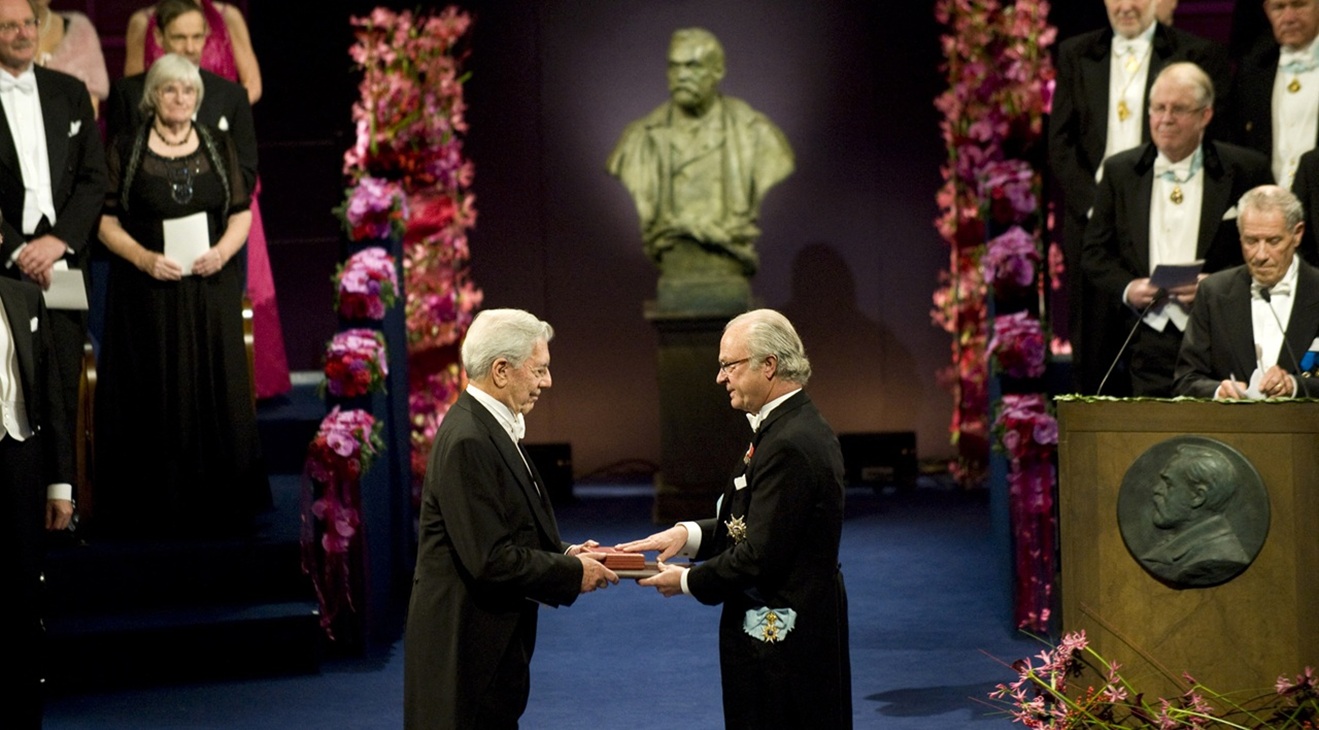
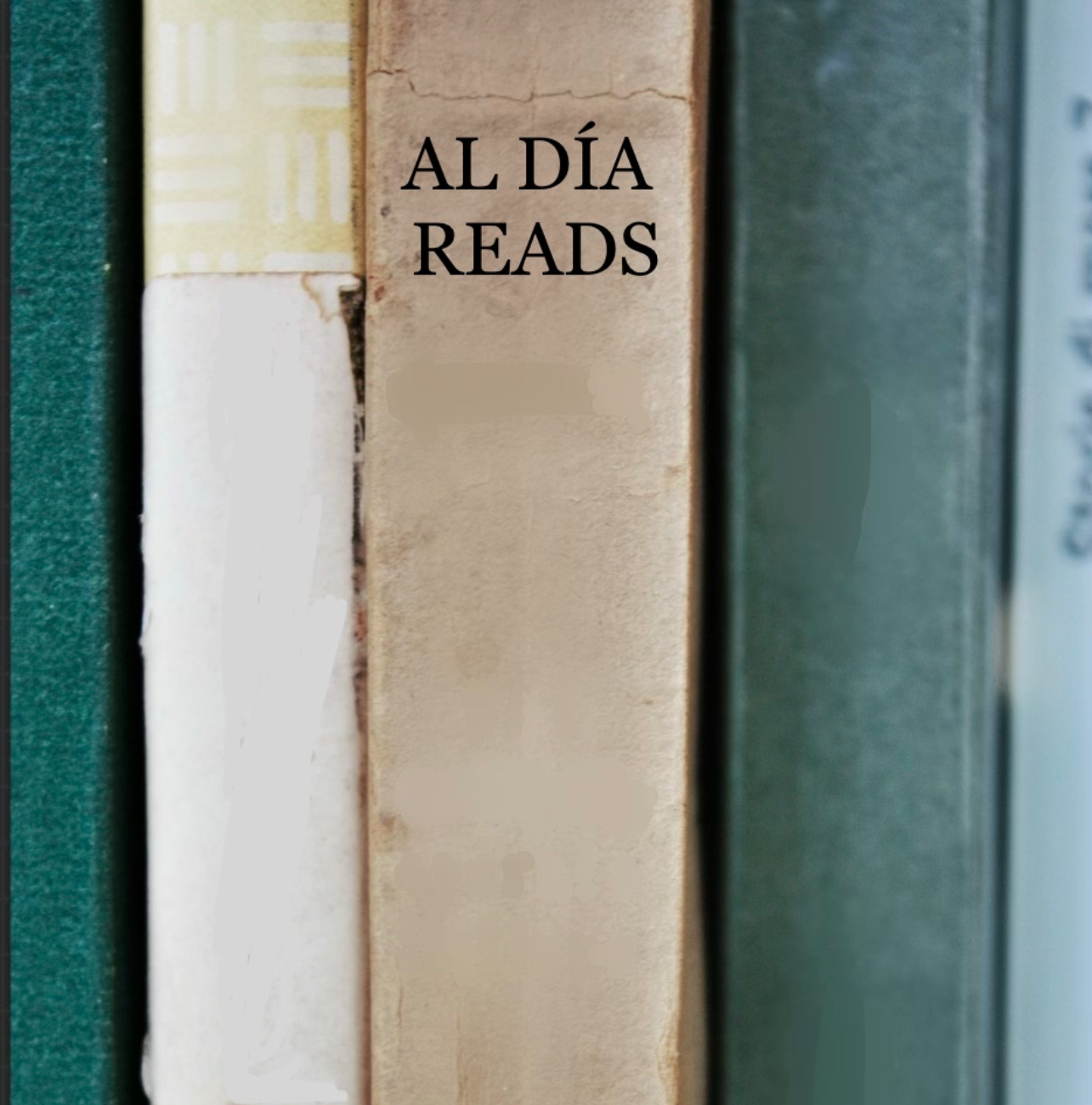

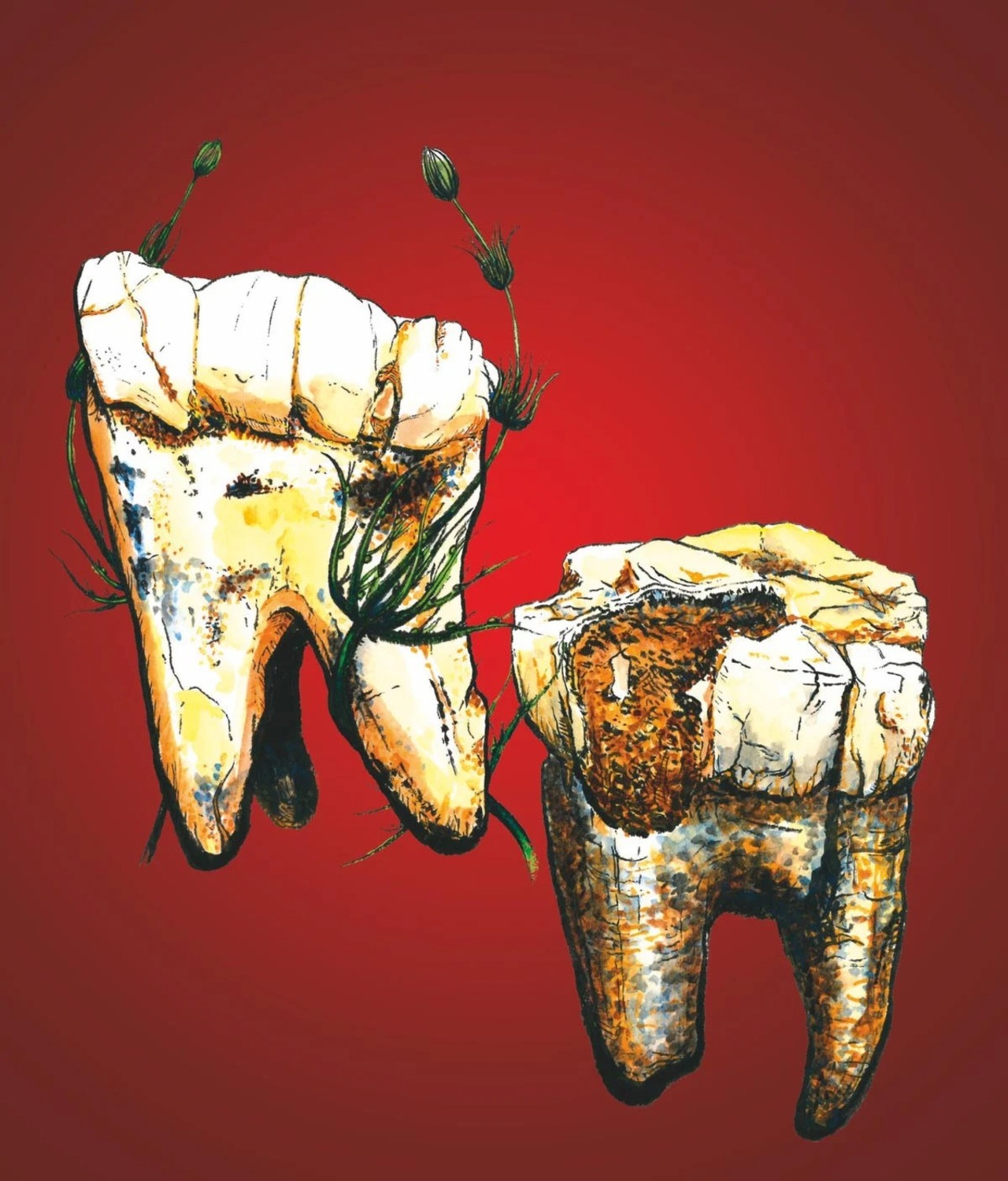



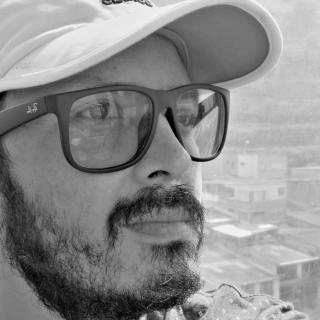
LEAVE A COMMENT: